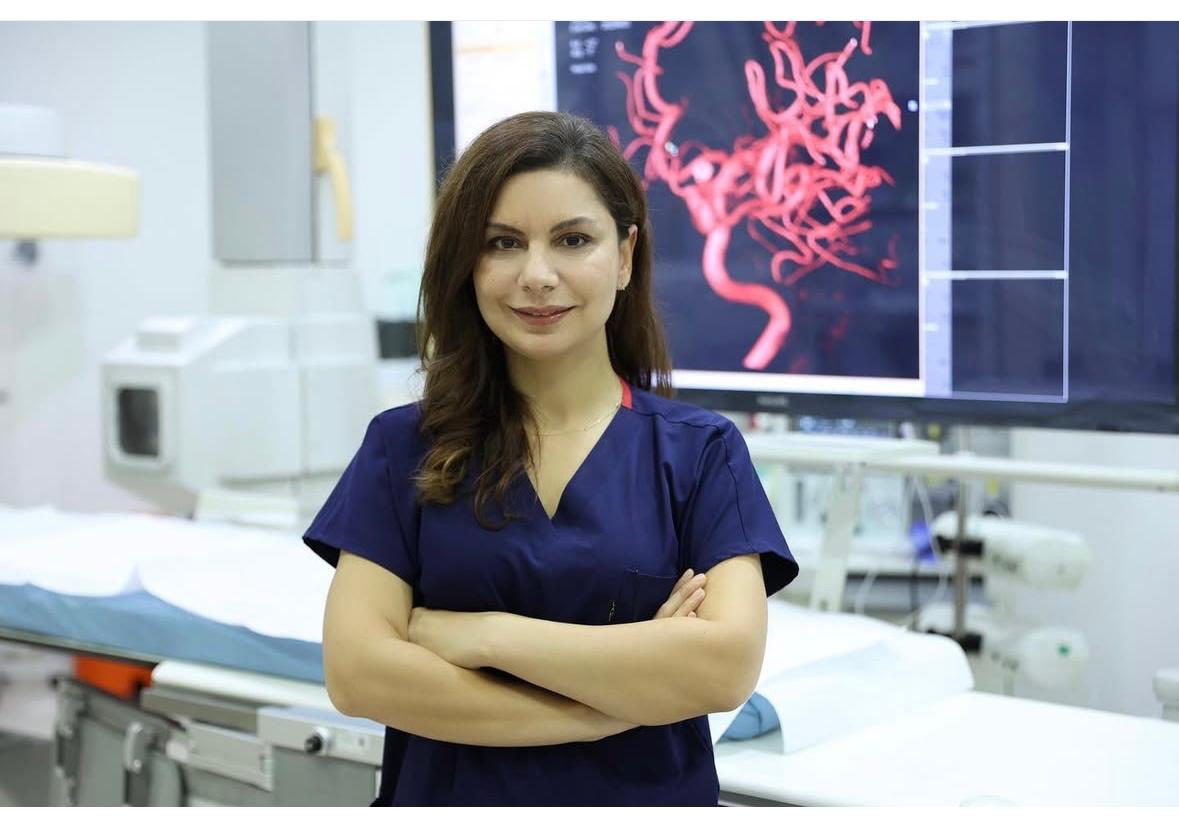Dr. Songül Şenadım is an Interventional Neurologist at Istanbul Aydın University Hospital, a leading center in Istanbul’s Florya district with 300+ beds and specialized stroke care services. The hospital’s dedicated stroke center focuses on delivering care within the critical time window, supported by a skilled multidisciplinary team. In this edition of Stroke Visionaries Dr. Şenadım discusses the time-sensitive impact of stroke treatment, the expanding role of AI in clinical decision-making, and the ongoing effort to make advanced stroke care more accessible across Türkiye.

1. The Instant Impact
Q: What first drew you to specialize in Interventional Neuroradiology and stroke treatment?
Dr. Şenadım: “From the beginning of my training, I was fascinated by the brain’s vascular complexity and by how quickly imaging could guide life-saving decisions. Witnessing my first mechanical thrombectomy was a pivotal moment—it was extraordinary to see a patient with profound deficits regain function almost instantly. That ability to intervene in such a time-sensitive, life-altering way reinforced my passion for INR.”
2. Beyond the Clock
Q: How has technology, particularly AI-driven tools like Brainomix, changed your approach to patient care?
Dr. Şenadım: “AI has helped us look beyond the clock. Brainomix supports decision-making in large core infarcts, late-onset cases, and distal thrombectomies where subtle occlusions can easily be missed. Automated infarct volume assessment allows us to identify patients who may still benefit from thrombectomy, even outside the conventional treatment window. It means more precise decisions, faster interventions, and for many patients, a second chance at recovery.”

3. Systemic Gaps & Daily Realities
Q: What challenges remain in delivering high-quality stroke care in Turkey?
Dr. Şenadım: “Not all hospitals have 24/7 INR coverage, and rural areas often lack timely access to comprehensive centers. Many patients still do not arrive within the golden window because of limited awareness and inefficient pre-hospital triage systems. Coordination issues mean avoidable delays during transfers. We need better multidisciplinary collaboration, standardized protocols, and a shared focus on patient outcomes over institutional barriers.”

4.What Matters Most in the INR World?
Q: Have you seen changes in gender inclusivity within the INR field, and what matters most for those entering the specialty?
Dr. Şenadım: “I’ve been fortunate to work in supportive teams with mentors who provided trust and opportunity. But gender balance is still an ongoing conversation in our field. What matters most is confidence—believing in your skills—and finding mentors who lead with vision. INR is demanding, but deeply rewarding. Each successful case reminds you why you chose this path.”
5. Reducing Health Disparities
Q: Can AI help reduce geographic and economic disparities in stroke care?
Dr. Şenadım: “Absolutely. AI provides standardized, objective imaging that helps smaller hospitals quickly identify ischemic changes and refer patients for thrombectomy. It bridges the gap between regional centers and tertiary hospitals. But implementation requires coordination—these systems must evolve alongside INR training programs to ensure the benefits reach every patient, not just those in large cities.”
As treatments continue to evolve, the dedication of clinicians and innovators across the field remains the driving force behind every recovery story. Stay tuned for more editions of Stroke Visionaries, where we continue to spotlight those transforming outcomes within the stroke care field.















